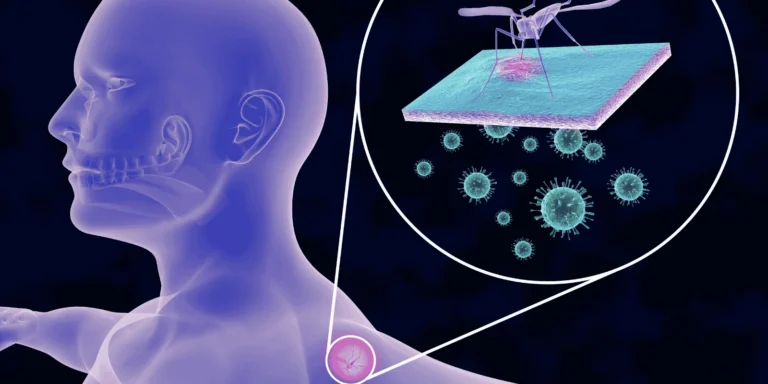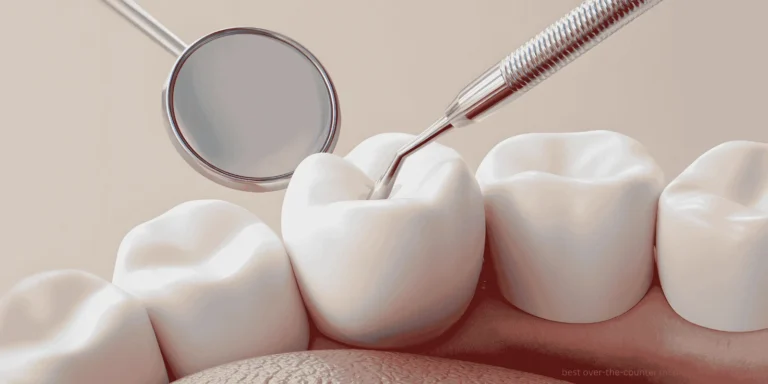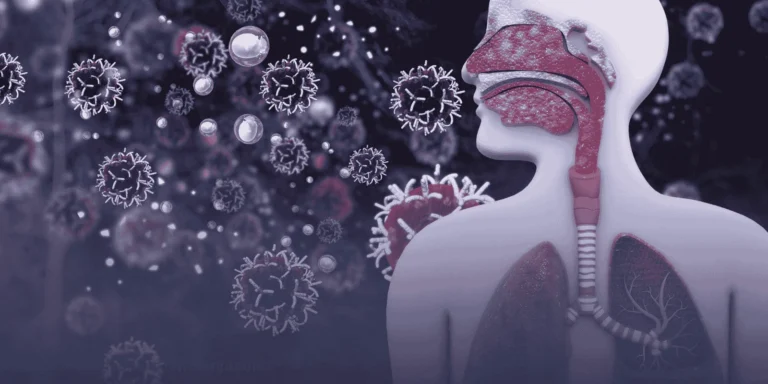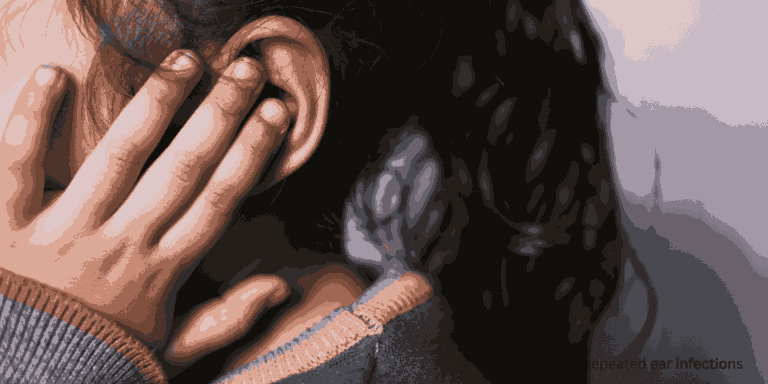Not all UTIs are created equal. The location and severity of infection determine the type of UTI, its symptoms, and treatment approach. Understanding these differences helps me provide better care for my patients.
Cystitis (bladder infection) is the most common type of UTI. It affects the bladder lining and typically causes:
- Burning during urination
- Frequent, urgent need to urinate
- Lower abdominal or pelvic pain
- Cloudy or bloody urine
- Strong-smelling urine
Urethritis targets the urethra (the tube carrying urine from the bladder out of the body). Symptoms include:
- Burning sensation during urination
- Discharge from the urethra
- More discomfort at the beginning of urination
Pyelonephritis (kidney infection) is the most serious form of UTI, occurring when bacteria travel from the bladder up to the kidneys. Warning signs include:
- High fever and chills
- Severe back or flank pain
- Nausea and vomiting
- Confusion (especially in elderly patients)
- All symptoms of cystitis may also be present
Asymptomatic bacteriuria occurs when bacteria are present in urine without causing symptoms. This is common in elderly individuals and pregnant women, requiring treatment during pregnancy to prevent complications.
Recurrent UTIs are defined as two or more UTIs within six months or three within a year. These require investigation for underlying causes and preventive strategies.
Complicated UTIs occur in people with structural abnormalities, catheters, kidney stones, or compromised immune systems. They often require longer antibiotic courses and closer monitoring.
Treatment varies by type. Cystitis typically responds to 3-5 days of antibiotics, while pyelonephritis may require 1-2 weeks. Kidney infections often necessitate hospitalization for IV antibiotics if severe.
If you’re experiencing UTI symptoms, ChatRx can help determine which type you likely have and recommend appropriate treatment based on your symptoms and risk factors.













